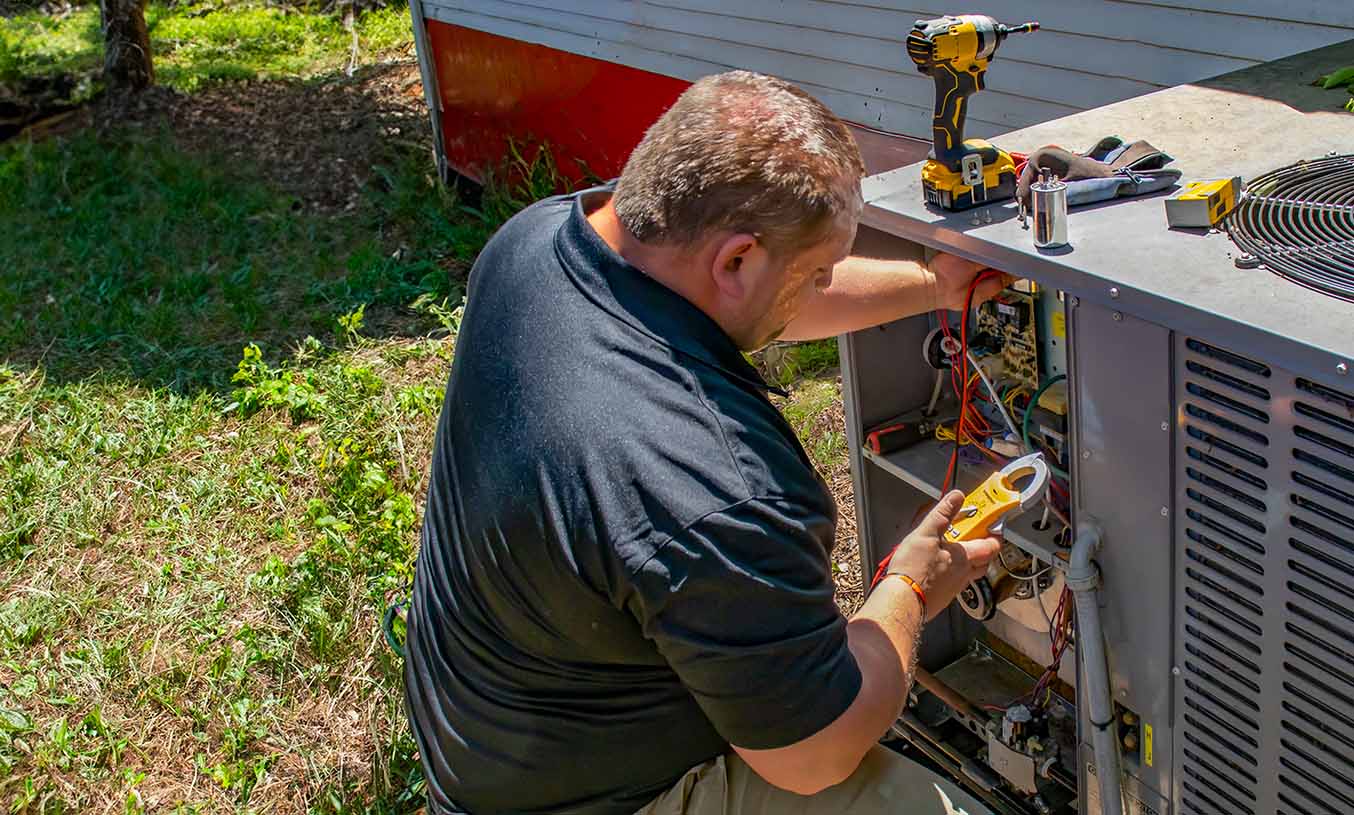

Energy Efficiency
Your trusted partner for professional home services. Quality workmanship, guaranteed satisfaction.




- HEP
- Energy Efficiency
Energy Efficiency | Air Conditioning | Heating and Air Conditioning | Guild
Imagine stepping inside on a sweltering summer day and feeling an instant wave of cool, filtered freshness— that’s the everyday comfort HEP brings to homes and businesses across Guild. Our specialists pair cutting-edge heat pump technology with high-performance air conditioning systems that sip energy instead of guzzling it, lowering utility costs while shrinking your carbon footprint. From discreet wall-mounted units to whole-building solutions, we design each installation around your space, lifestyle, and budget, so you enjoy precise temperature control without compromise.
But great climate control is only half the story. HEP backs every project with transparent advice, tidy workmanship, and preventive maintenance plans that keep your equipment running at peak efficiency year after year. Ready to trade noisy fans and soaring bills for silent, smart cooling? Talk with our Guild team today and discover how effortless, energy-saving air conditioning can be.
FAQs
What does the SEER rating on an air-conditioning system mean, and what level is considered energy-efficient in Guild?
SEER (Seasonal Energy Efficiency Ratio) measures how efficiently an air conditioner produces cooling over an average season; the higher the SEER, the less electricity the unit needs to deliver the same comfort. In Guild’s mixed-humid climate, the U.S. Department of Energy currently defines high efficiency as SEER2 15.2 (roughly SEER 16 on older labels) or above. Choosing a system with SEER2 16–18 usually offers the best balance of upfront cost and lifetime savings, lowering cooling-related electricity use by 25–40 % compared with equipment installed 10–15 years ago.
Will replacing my 10- to 15-year-old air conditioner really lower my utility bills?
Yes. Older units often operate at SEER 10–12 (or lower as parts wear out), while modern ENERGY STAR® models start around SEER2 15.2. Upgrading to a new high-efficiency system can cut cooling costs by $200–$500 a year for a typical 2,000 ft² Guild home, depending on usage and electricity rates. Additional savings come from: (1) variable-speed compressors that run only as hard as needed, (2) smarter fan motors that use up to 70 % less electricity, and (3) tighter refrigerant controls that keep the unit at peak performance.
How do I know what size (tonnage) air conditioner my home really needs?
Proper sizing depends on a Manual J load calculation, which takes into account square footage, insulation levels, window orientation, air leakage, and even the number of occupants. Oversized units short-cycle, wasting energy and leaving humidity behind; undersized systems run nonstop and still may not reach setpoint temperatures. A qualified HVAC contractor should perform or verify the load calculation before recommending a unit. As a rough guide, most Guild homes need 1 ton of cooling for every 600–800 ft², but the final figure can vary by 30 % or more once insulation upgrades or air-sealing are considered.
Are rebates or tax incentives available in Guild for installing high-efficiency air-conditioning equipment?
Yes. Homeowners can claim a federal tax credit of up to 30 % of the installed cost (capped at $600 for a central AC) when the unit meets the Consortium for Energy Efficiency’s Tier 2 specifications (currently SEER2 16/12 EER2 minimum). Locally, Guild Municipal Utilities offers a $150–$400 rebate for units rated SEER2 15.2 or higher, plus an additional $50 when you pair the system with a smart thermostat. Incentives can change each year, so we recommend checking utility websites or contacting us before you purchase.
How often should filters and coils be cleaned to keep my air conditioner running at peak efficiency?
Replace or wash the filter every 30–60 days during peak cooling season; a clogged filter can raise energy consumption by 5–15 %. Indoor evaporator coils should be inspected annually and cleaned as needed to prevent dirt build-up that can reduce efficiency by up to 20 %. Outdoor condenser coils and fins also need yearly clearing of leaves, grass clippings, and debris to maintain unrestricted airflow. Scheduling a professional tune-up each spring ensures refrigerant levels, electrical connections, and airflow are all within manufacturer specs.
Can a programmable or smart thermostat really improve my air-conditioning efficiency?
Absolutely. A programmable thermostat lets you raise the setpoint 7–10 °F while you’re away, trimming cooling use by up to 10 % annually. Smart Wi-Fi thermostats go further by using occupancy sensors, weather data, and adaptive algorithms to fine-tune run times. Many models qualify for utility rebates and can alert you to maintenance issues such as failing compressors or clogged filters. When combined with a variable-speed AC system, smart thermostats in Guild homes typically save $50–$150 per year in electricity while maintaining consistent comfort.